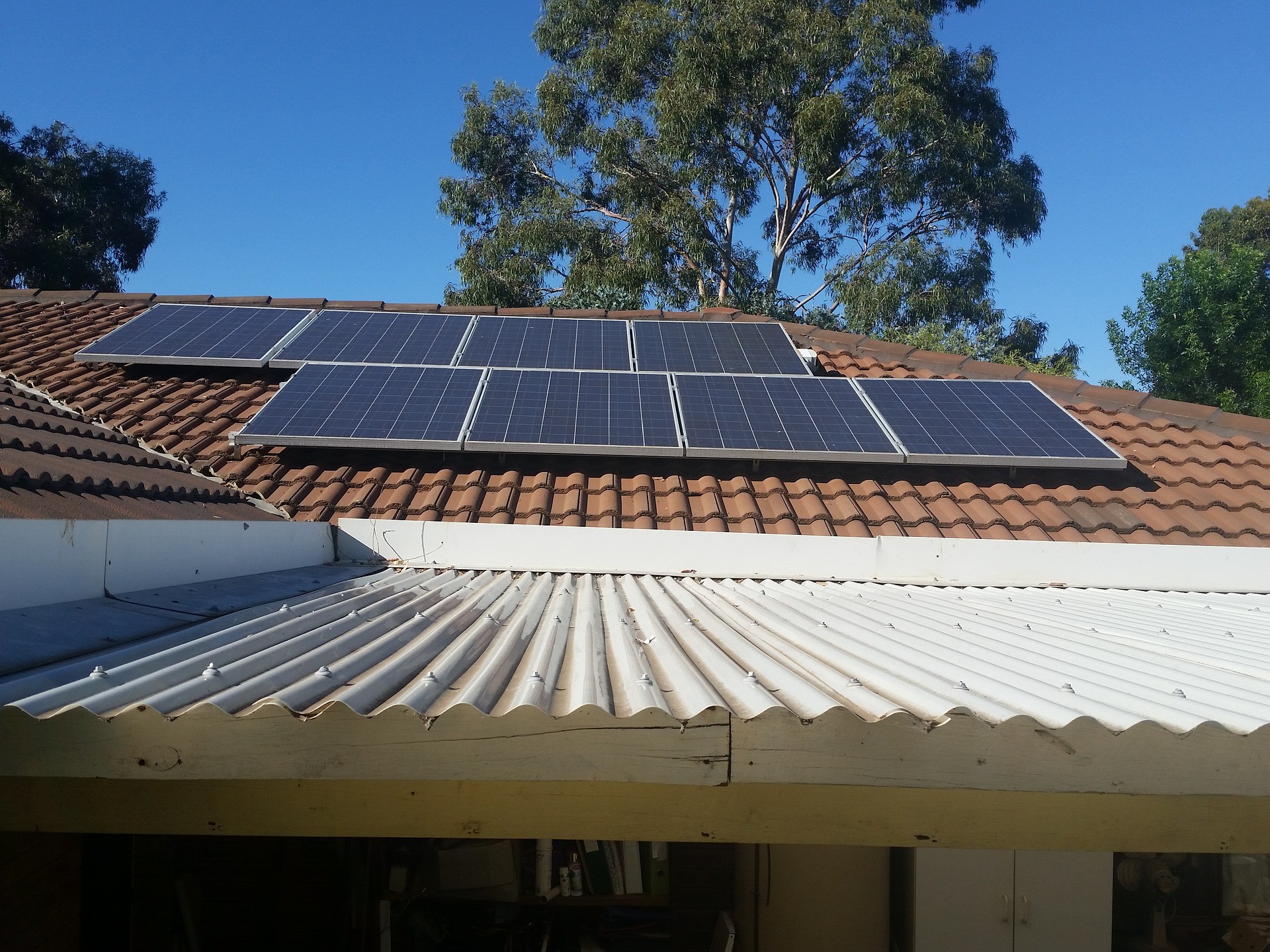How to Overcome Solar Shading Problems
 There are many situations in which shading from trees and other objects could knock out a lot of potential solar production. Dirt, patchy clouds, tree branches, chimneys, and even bird poop can reduce your electrical bang for your buck. Are you wondering how to overcome solar shading problems? This article explores some of the ways solar can still work for you even if in this situation.
There are many situations in which shading from trees and other objects could knock out a lot of potential solar production. Dirt, patchy clouds, tree branches, chimneys, and even bird poop can reduce your electrical bang for your buck. Are you wondering how to overcome solar shading problems? This article explores some of the ways solar can still work for you even if in this situation.
How Solar Strings Work (for non-engineers)
Solar panels are linked in strings, usually between 7-15 panels long. If just one panel in a string gets shaded, the whole string has to suffer. As drill sergeants and sports coaches are known to say, “We’re only as strong as our weakest member.” So it is with solar panels stringed in series. The current in the weakest panel becomes the current in all the panels. Regular string inverters, which are the lowest cost, are limited in their power output if shade becomes a problem.
Thankfully manufacturers in the solar industry have developed many solutions that can help overcome shading problems. Here they are, starting with the lowest cost and ending with the most effective.
Multiple Power Point Tracking Inverters
It is very common these days for inverters to have what is called a multiple power point tracking system (aka MPPT). An MPPT is a computerized system that rapidly adjusts the voltage in a string. It’s like a sailer trying to adjust his sail to catch the most wind. The MPPT looks for the best voltage and current ratio to multiply for the greatest power. There are a couple ways to think of this. Imagine a group of 10 guys rowing in a rowboat. Imagine that one of them gets tired or injures his hand. The rest of the 9 rowers can intensify their rowing and pick up the slack so the boat can keep going close to its fullest speed. It’s also somewhat like someone constantly adjusting an old bunny ear TV antenna to improve the reception on your TV. We recently completed a project that included the Fronius Primo 8.0 inverter, which features 3 separate MPPT inputs. This is the lowest cost solution, but won’t be the best option where instances of major shading are expected.
Microinverters
In instances where there is major shading involved, like a huge tree by a house or a chimney that could block sunlight , a more robust solution is needed. Microinverters are a great way to overcome solar shading problems. A microinverter is a tiny inverter that rests right underneath the solar panels. Microinverters are a bit like individualistic overachievers, so to speak. They don’t really care how well the panels around them are doing, as long as they are doing their best. Microinverters have built in MPPT that optimizes the voltage of each panel, not just the entire string. The output of the microinverters is alternating current, and the total current from all the panels is added together without them needing to match up. We recently completed a design featuring the APSystems YC500 microinverter. This component hooks up to two panels at once, which helps to reduce cost. Also, this is an ideal component in situations where two different buildings need to be fed with power. One of our recent installations was roof mounted on a barn separate from the house. The output of the microinverters tied into the electric system in such a way that fed both the barn and the house.
DC Optimizers
DC optimizers serve a very similar purpose as microinverters. They are a voltage controller for every individual panel. However, unlike microinverters, they don’t convert the power from DC to AC on the spot. In humorous terms, it’s like a little boy continuously raising and lowering a magnifying glass in the sunlight to create the most focused laser beam possible (to fry an ant or start a fire or whatever). Every panel will be at the ideal voltage to supply the right amount of current to the string, and the DC string is converted to AC at the inverter which is normally mounted near the electrical meter. Systems like the Solar Edge 7600 Hybrid inverter require a DC optimizer on every panel. As we’ve mentioned before, a hybrid inverter is the only kind that will enable your solar panels to keep producing power if the grid goes down. They are compatible with backup batteries like the LG Chem Resu or the Tesla Powerwall. DC optimizers are an extra investment, as is a complete hybrid solar system. Those who choose to invest in battery backup can be assured that they are getting a system that will function ideally no matter what shading or other obstructions may block their panels’ output.
In conclusion, you can now see how to overcome solar shading problems. So even if your roof has some shading, solar could still be a worthwhile investment for you. Enter your information, and one of our designers can use our state of the art software to model trees and other obstructions. Then, we can use our model to see which of the above solutions would optimize your solar investment. Don’t let a little shade keep your home from enjoying the sun!